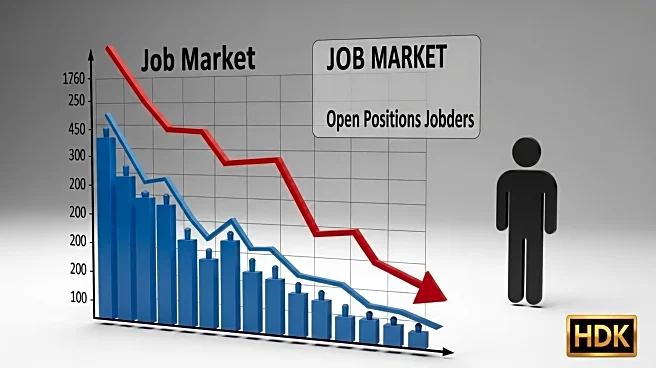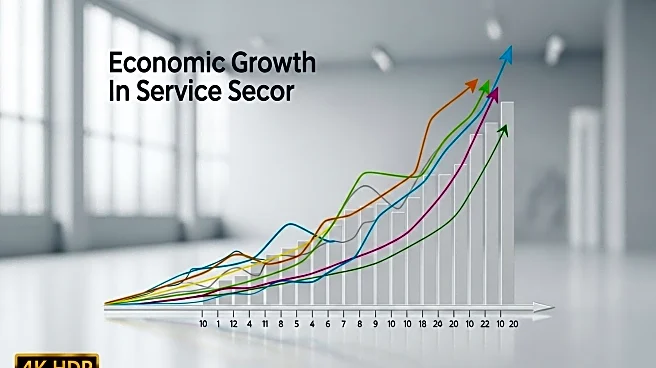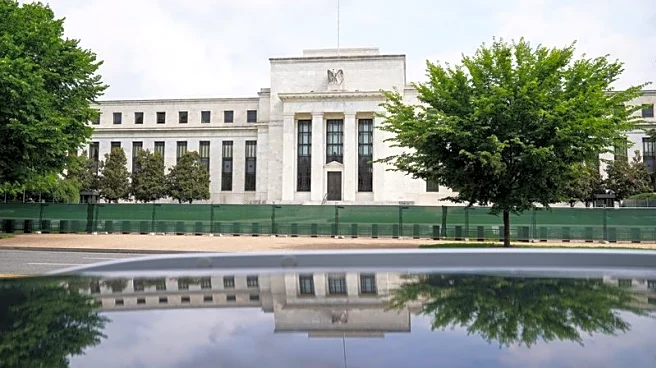What is the story about?
What's Happening?
The U.S. is experiencing a significant jobs slump, with fewer open positions than job seekers for the first time in over four years. This follows a weak July jobs report, which led President Trump to dismiss the official responsible for the data. The latest figures confirm that the low job totals were not an anomaly, indicating ongoing challenges in the labor market. The situation is compounded by economic uncertainty and the impact of tariffs, which have affected employer confidence. The job market's stagnation is a concern as it could lead to increased unemployment and reduced consumer spending, impacting overall economic growth.
Why It's Important?
The current jobs slump highlights vulnerabilities in the U.S. labor market, which could have broader implications for economic stability. A decrease in available positions relative to job seekers can lead to higher unemployment rates, affecting consumer confidence and spending. This situation may prompt businesses to reconsider hiring plans, potentially slowing economic recovery. The labor market's performance is a key indicator of economic health, influencing policy decisions and investor sentiment. The ongoing challenges could necessitate policy interventions to stimulate job creation and support economic growth.
What's Next?
The Federal Reserve may consider further interest rate cuts to stimulate job growth and support the economy. Policymakers and businesses will need to monitor labor market trends closely to adapt strategies and address potential challenges. The evolving economic landscape may require adjustments in fiscal and monetary policies to support employment and economic stability. Stakeholders will be watching for signs of improvement in job creation and market conditions, which will be critical for future planning and decision-making.
AI Generated Content
Do you find this article useful?















